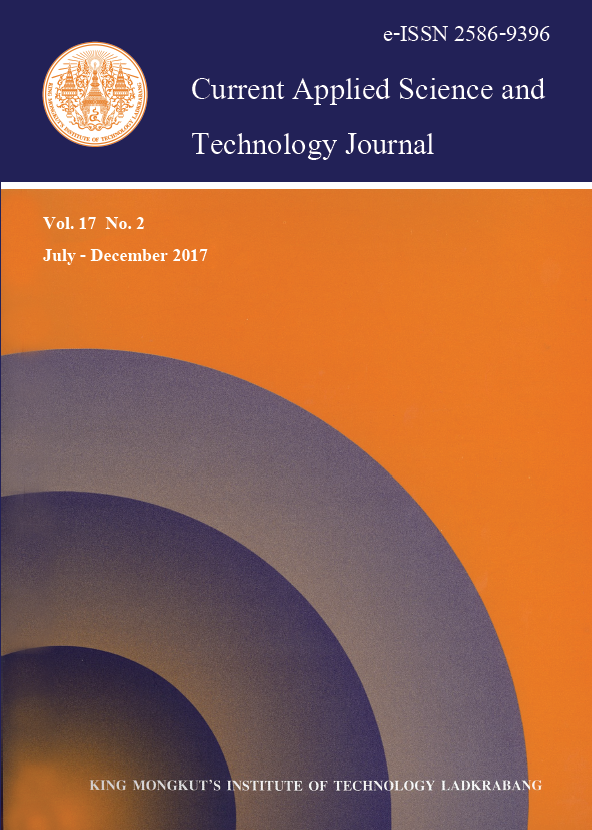Diabetes mellitus is one of the metabolic disorders that cause high blood glucose levels with deficiency of released insulin from β cells in pancreas. Alternative medicinal treatment is to control blood glucose level through inhibition of α-glucosidase, leading to delayed starch degradation and slower rate of raising blood glucose level. However, the methods for α-glucosidase inhibitory assay were varied, leading to confusion on reliability to evaluate α-glucosidase inhibition of particular bioactive compounds. Interestingly, pervious researchers had reported anti-diabetic potential of flavonoids, which provided great inhibitory activities among phenolics. Therefore, the aim of this research was to evaluate different methodologies of α-glucosidase inhibitory assays using five selected flavonoids (epigallocathchin gallate (EGCG), genistein, myricetin, luteolin and naringenin) as the models. The results indicated that enzyme kinetic assay exhibited the advantages over other fundamental assay methods, including higher range of measurement and reliability of the enzyme reaction. All investigated flavonoids exhibited the half maximal inhibitory concentration (IC50) in the range of 1-81 µM, which were corresponded to the previous literature. EGCG was the strongest inhibitor against α-glucosidase, while naringenin was the weakest. The outcome of our study might be useful for drug design and functional cure of diabetic patients in the future.
Keywords: diabetes, α-glucosidase, flavonoids, enzyme inhibition
*Corresponding author: Tel.: 0-2800-2380 ext. 422; Fax: 0-2441-9344
E-mail: uthaiwan.sut@mahidol.ac.th
Promyos, N. ., Temviriyanukul, P. ., & Suttisansanee*, U. . (2018). Evaluation of α-Glucosidase Inhibitory Assay using Different Sub-classes of Flavonoids. CURRENT APPLIED SCIENCE AND TECHNOLOGY, 172-180.

https://cast.kmitl.ac.th/articles/128476